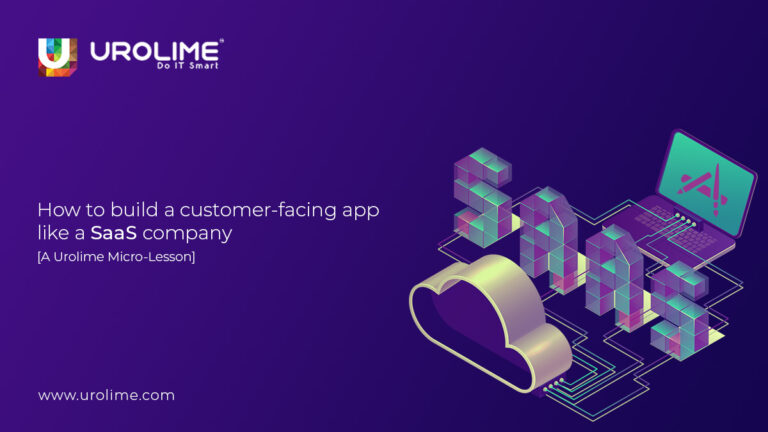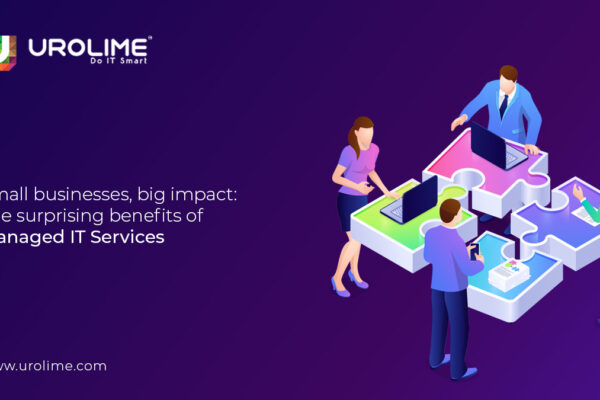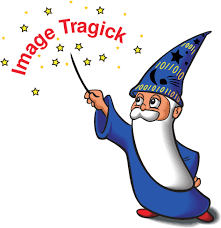What is meant by building a customer-facing app like a SaaS company?
SaaS apps are different from regular apps in many aspects, including the 5 most important ones mentioned below:
- Revenue model: While a regular customer-facing app generates revenue through one-time purchases, in-app purchases, or advertising, a SaaS customer-facing app generates recurring revenue through subscription-based pricing models.
- Scalability: While a regular customer-facing app is designed for a specific user base and has the limited scaling ability, a SaaS customer-facing app can handle a large number of users.
- Maintenance and updates: A regular customer-facing app requires the user to download and install updates, whereas SaaS customer-facing apps always update automatically.
- Data security: Hosted on the provider’s server, SaaS customer-facing apps are typically more secure than regular customer-facing apps.
- Customization: SaaS are also more customizable than regular customer-facing apps.
What is a customer-facing app? What are the other kinds of apps?
A customer-facing app is designed for and intended to be used by customers only. These are developed for purposes such as making purchases, scheduling appointments, and more. These typically require a user account to access.
In addition to customer-facing apps, we also have other types of apps, including::
- Employee-facing apps: These are designed for and intended to be used by employees of a company/organization. These are meant for purposes such as time tracking, project management, and accessing company-specific information.
- Partner-facing apps: These are designed for and intended to be used by partners of a company or organization (suppliers or distributors). These allow access to information about their relationship with the company, such as order status.
- Internal-facing apps: These are internal company apps meant for a company’s internal teams, such as IT or HR. These allow company-wide systems, employees, and processes management.
- Public-facing apps: These are intended to be used by the general public for purposes such as obtaining weather forecast information.
What is SaaS? What are the prices involved in it?
SaaS or Software as a Service (SaaS) is a service offered by companies that allow the delivery of software applications over the internet through a web browser as opposed to the traditional way of installing software on your own computers/servers. This saves users from the hassle of managing complex hardware or software as the SaaS application provider does the job for you. (Check out our Cloud Consulting Services.)
The cost of Software as a Service (SaaS) varies depending on the type of software and the features it offers. Some SaaS providers offer free or low-cost basic plans, while others charge a monthly or annual subscription fee.
How to create your own SaaS
Creating a SaaS app is a structured, iterative process involving the following 5 steps:
- Defining your target market and identifying a problem to solve: Research and understand the group of people/businesses to target with your SaaS app and the problem you’d help them solve.
- Research and evaluate your competitors (existing SaaS solutions in your market): Research and evaluate the existing SaaS applications in your market to inventory what is already available and bridge any gaps in them with your solution.
- Design + develop your SaaS app: Create the app. Use the latest and best technologies and practices to build scalable, secure, and user-friendly software.
- Test + validate your SaaS app: This step involves testing your application to ensure that it works properly and meets the needs of your target market. This can be done by using beta testers or early adopters to get feedback and make any necessary improvements.
- Update + improve your SaaS app: Proactively improve your SaaS app based on customer feedback and market trends to stay relevant and competitive.
Conclusion + Our Suggestion
Creating your own SaaS app is entirely possible. However, considering the complexity of app development and the resources and technical expertise needed, we suggest you hire a reliable SaaS provider for the same. Need our help? Reach out to us!
![]()






